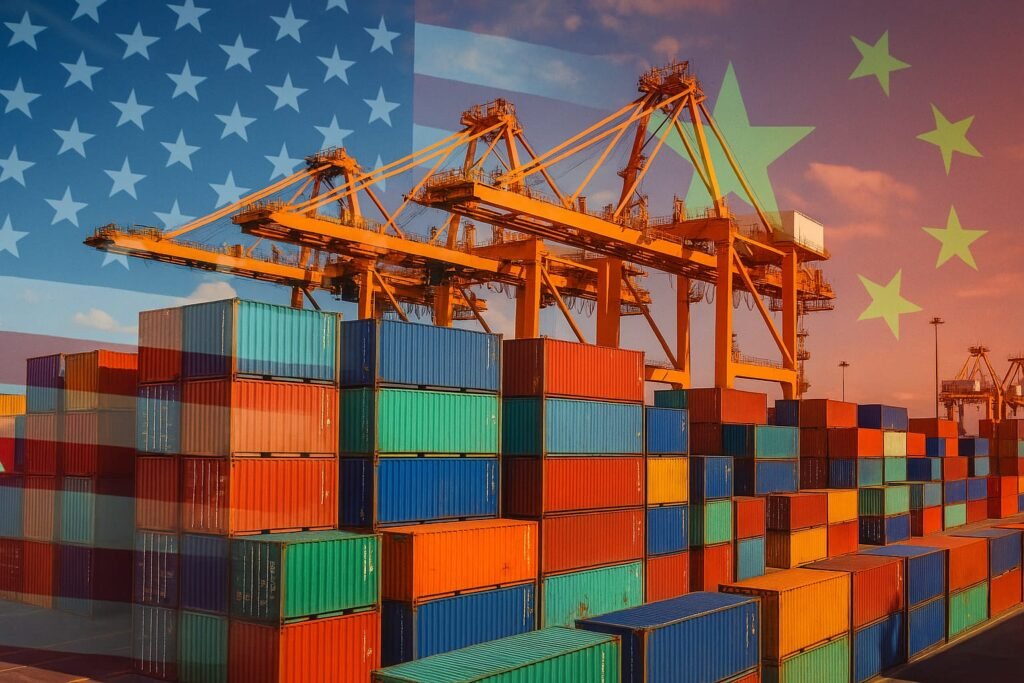Introduction: Shimla Agreement Under Strain in 2025
On April 20, 2025, India signaled that the Shimla Agreement, under strain, could lead to a reevaluation of bilateral ties with Pakistan. This statement followed a series of cross-border skirmishes along the Line of Control (LoC). As a result, tensions between India and Pakistan have escalated. The Shimla Agreement, signed in 1972, has guided peace efforts for decades. Now, its principles face challenges. So, what does this mean for South Asia? Let’s explore the history, significance, and future of this pact. Learn more about India-Pakistan conflicts.

A Brief History of the Shimla Agreement
The Shimla Agreement began in 1972. India and Pakistan signed it after the 1971 war. That war led to Bangladesh’s creation. Indian Prime Minister Indira Gandhi and Pakistani President Zulfikar Ali Bhutto met in Shimla. They agreed to resolve disputes bilaterally. Additionally, they committed to respecting the Line of Control. The agreement aimed to foster peace. For years, it guided India-Pakistan relations. However, the Shimla Agreement under strain now raises concerns.
For more details, check The Hindu’s explainer.
Why Pakistan Relies on the Shimla Agreement
Pakistan benefits from the Shimla Agreement’s framework. It ensures bilateral dialogue on disputes. For instance, the Kashmir issue remains a key concern. The agreement prevents third-party intervention. This aligns with Pakistan’s stance on Kashmir. Without the agreement, Pakistan fears escalation. Moreover, it could lose diplomatic leverage. The agreement also stabilizes the LoC. So, its principles are crucial for Pakistan’s security.
Read more on Kashmir’s geopolitical challenges.
What’s Causing the Shimla Agreement to Be Under Strain?
The Shimla Agreement under strain stems from recent events. On April 18, 2025, cross-border firing along the LoC killed 12 soldiers—seven Indian and five Pakistani. India accused Pakistan of violating the agreement. Consequently, India’s Foreign Minister issued a statement. He warned of reevaluating the pact. India also suspended cultural exchanges. Additionally, it increased troop presence along the LoC. India demands Pakistan stop ceasefire violations.

The Impact on Pakistan
The Shimla Agreement under strain could hurt Pakistan. Without bilateral dialogue, tensions might escalate. For example, Kashmir disputes could worsen. Pakistan might face more military pressure. Additionally, its diplomatic position could weaken. If India withdraws from the agreement, third-party mediation might emerge. This could challenge Pakistan’s stance. Furthermore, regional stability might suffer. Pakistan has called for talks, but India remains firm.
What’s Next for India-Pakistan Relations?
The Shimla Agreement under strain creates uncertainty. India wants Pakistan to stop LoC violations. Meanwhile, Pakistan seeks to uphold the agreement. For instance, Pakistan proposed a meeting in May 2025. India has not responded. Instead, India might push for new terms. Alternatively, global powers like the UN could step in. However, both nations prefer bilateral solutions. So, the future of peace in South Asia hangs in the balance.
Explore more on global peace efforts.
For updates, visit Times of India’s coverage.
Conclusion: A Critical Moment for Peace
The Shimla Agreement under strain marks a pivotal moment. India and Pakistan face tough choices. Peace in South Asia depends on dialogue. So, can they uphold the 1972 pact? What are your thoughts on this issue? Share them below. Also, read my latest blog post on international relations: Read my latest blog post.


